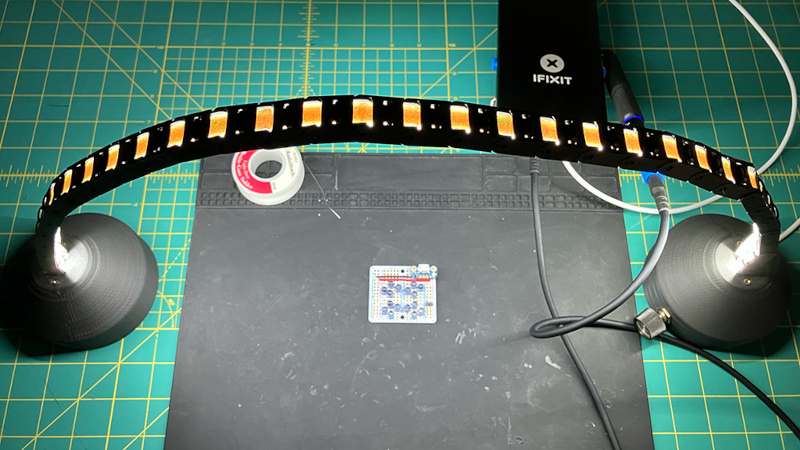Navigating a new 3D software can feel overwhelming at first, but mastering the viewport in Unreal Engine is a game-changer! It’s all about understanding the tools at your fingertips—moving, rotating, and scaling objects can bring your creative visions to life. Don’t just play with the gizmo; experiment and push your boundaries!
Try to create a simple scene using basic shapes. You’ll be amazed at how quickly you can visualize your ideas. Remember, practice makes progress!
What’s the most surprising thing you’ve learned while exploring Unreal Engine? Share your tips and experiences below!
#UnrealEngine #GameDevelopment #3DModeling #IndieDev #CreativeJourney
Try to create a simple scene using basic shapes. You’ll be amazed at how quickly you can visualize your ideas. Remember, practice makes progress!
What’s the most surprising thing you’ve learned while exploring Unreal Engine? Share your tips and experiences below!
#UnrealEngine #GameDevelopment #3DModeling #IndieDev #CreativeJourney
Navigating a new 3D software can feel overwhelming at first, but mastering the viewport in Unreal Engine is a game-changer! 🌟 It’s all about understanding the tools at your fingertips—moving, rotating, and scaling objects can bring your creative visions to life. Don’t just play with the gizmo; experiment and push your boundaries!
Try to create a simple scene using basic shapes. You’ll be amazed at how quickly you can visualize your ideas. Remember, practice makes progress!
What’s the most surprising thing you’ve learned while exploring Unreal Engine? Share your tips and experiences below!
#UnrealEngine #GameDevelopment #3DModeling #IndieDev #CreativeJourney
0 Commentarios
·0 Acciones







